GRAFENWOEHR, Germany - It looks like something that should be from the moon landing with spindly legs and large lamp-like cameras, but it isn't used to explore the heavens. Instead, it explores hidden dangers underneath the ground. The Joint Multinational Training Command (JMTC) provided a class in mine detection in order to raise the awareness of one of the most dangerous threats in Afghanistan.
On May 26, 2010, at the Distance Learning Facility on the Grafenwoehr Training Area (GTA), Noncommissioned Officers (NCOs) from various units were trained how to teach Soldiers how to use the mine detection system called the Army/Navy Portable Search System (AN/PSS-14). The system uses a computer, two specialized cameras, a speaker and a hand-held device to detect underground mines.
The Hand Held Mine Detector, one component of AN/PSS-14, works by combining two technologies. One part metal detector and one part ground penetrating radar as it is swept along the ground. The system is the first true mine detector system that reduces false positives and increases detection according to Charles Schasteen, the master trainer at the BR tech resource center (BRTRC).
The course is designed to help NCOs become very familiar with the system, enabling them to teach their fellow Soldiers.
"We teach Non-Commissioned Officers how to run the programs. This course teaches them how to teach their Soldiers," said Schasteen.
The NCOs are required to take an initial course in order to license them to use the program.
"We take this course and go back to train our troops. Afghanistan has a ton of mines," said Sgt. Micah Zeidman, 57-88 Air Defense Artillery.
Afghanistan has close to 11 million mines, said Schasteen. The retired combat engineer returned from Afghanistan in November and now uses his knowledge of how mines are being used currently on the battlefield to teach service members how to detect mines using new technology.
When used in a training environment the AN/PSS-14 can "speak" to the sweeper, through speakers, telling service members if they are going to fast or slow and records how thorough a soldier swept an area. AN/PSS-14 then records how efficiently a soldier has done a sweep and can give back a percentage rate of accuracy.
"We do the operational course and try to get a student to be 80 percent or higher," said Russell Frasier, a fellow instructor.
Schasteen and Frasier, travel around Iraq, Afghanistan and the United States, instructing others on how to teach mine detection and save lives.
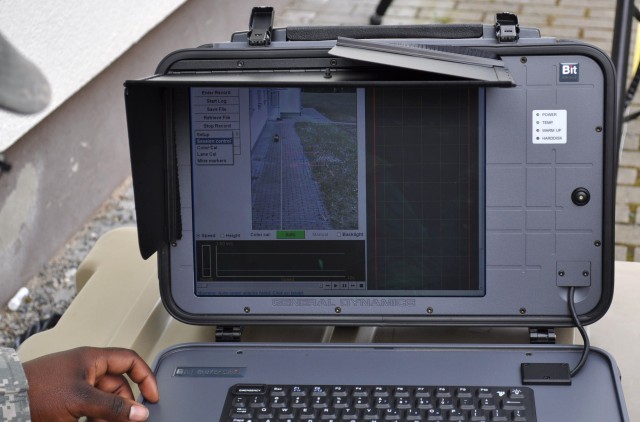
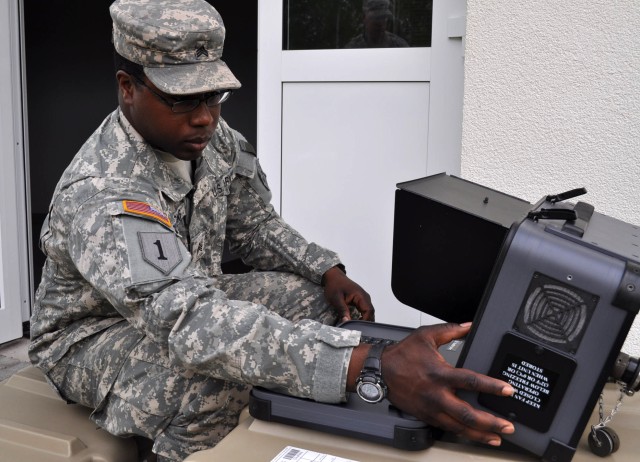
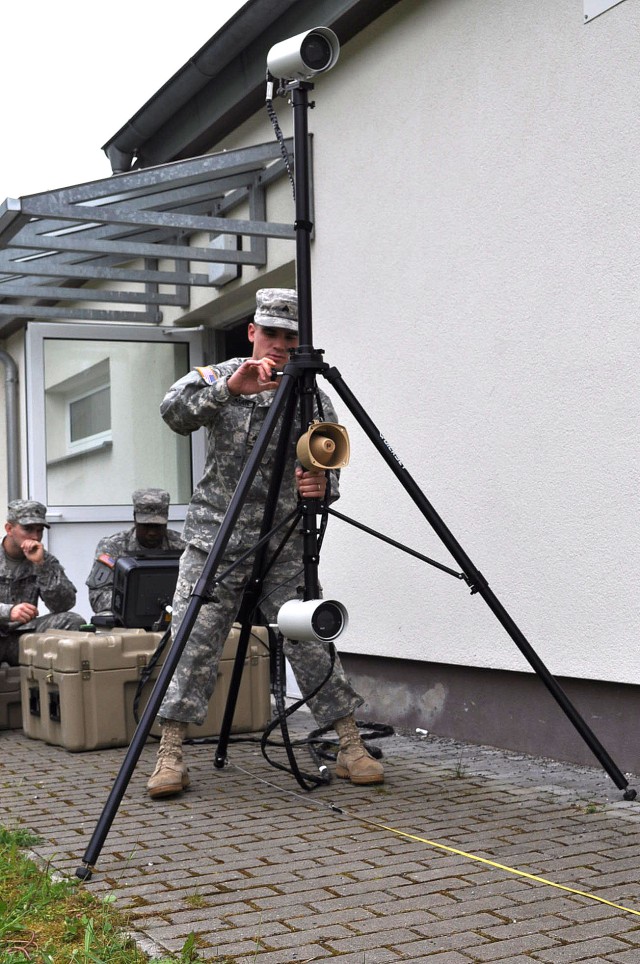
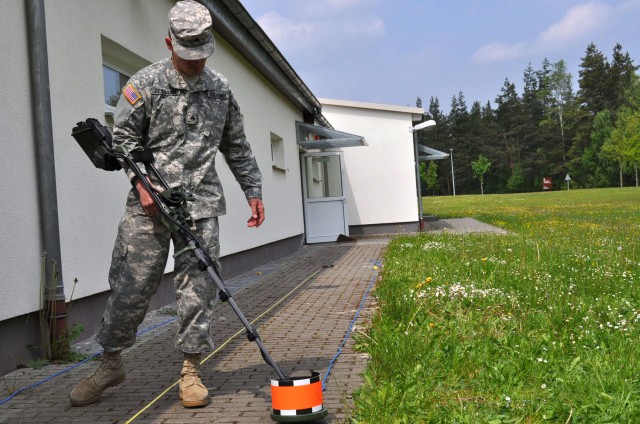
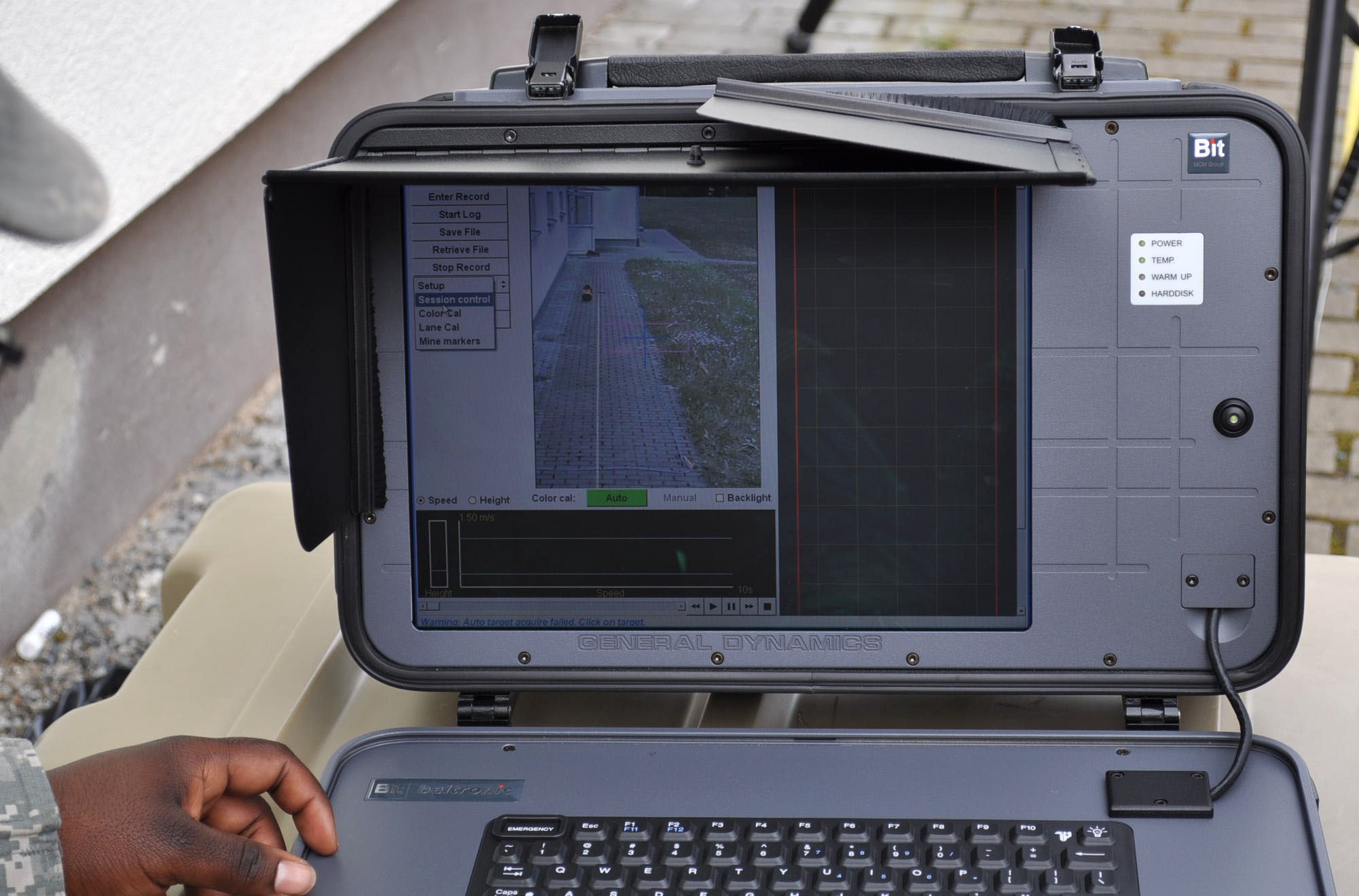
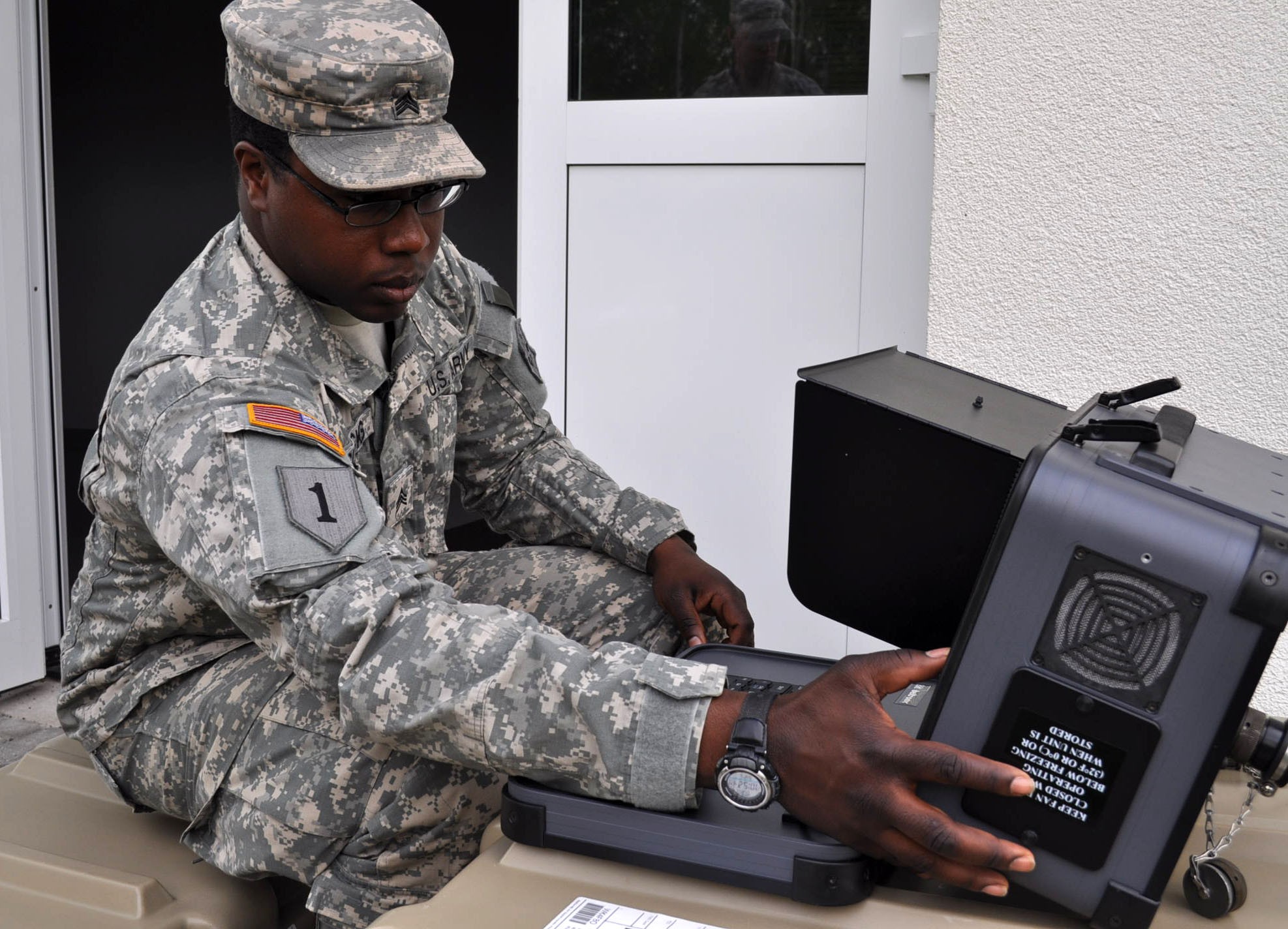
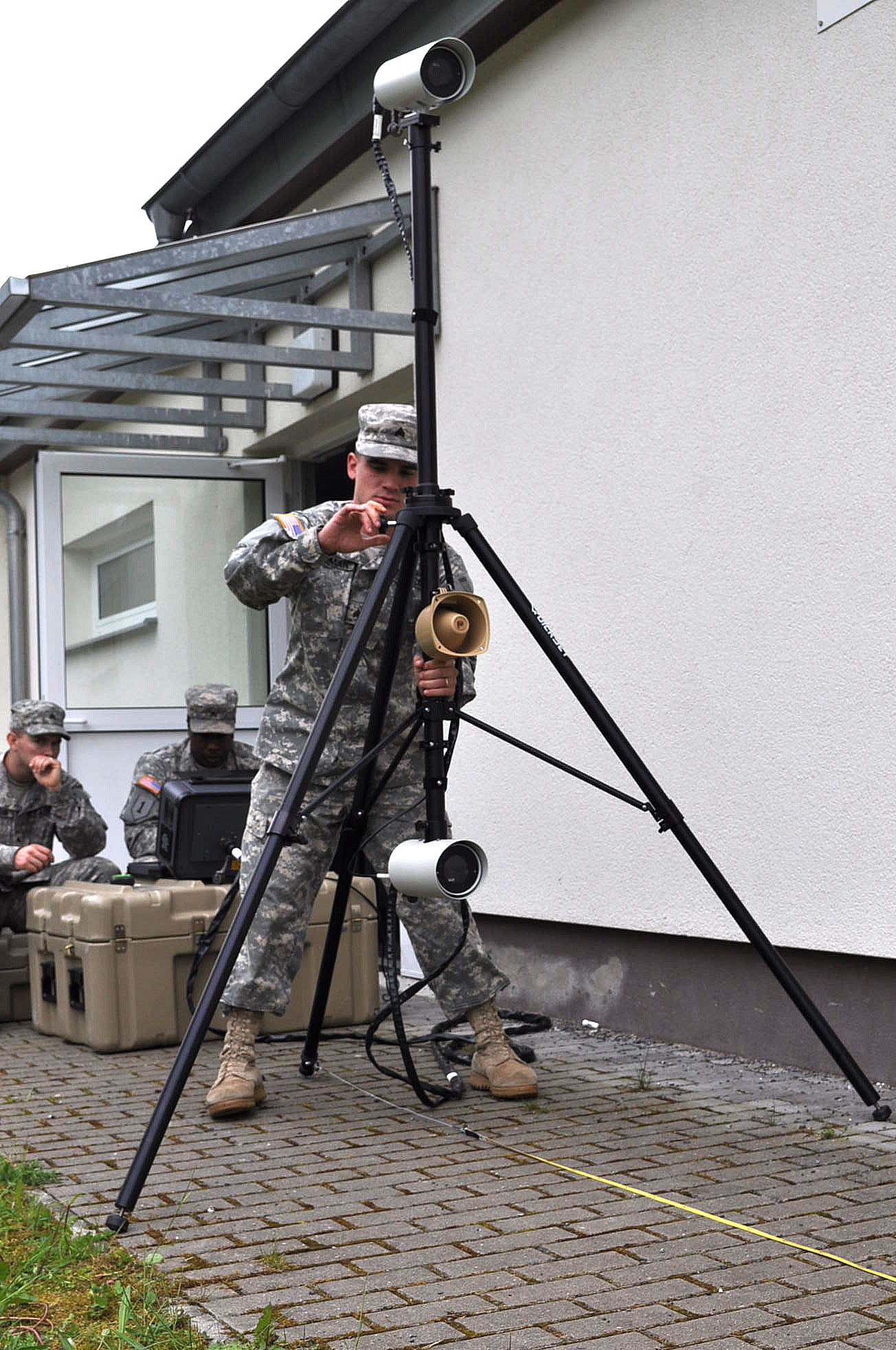
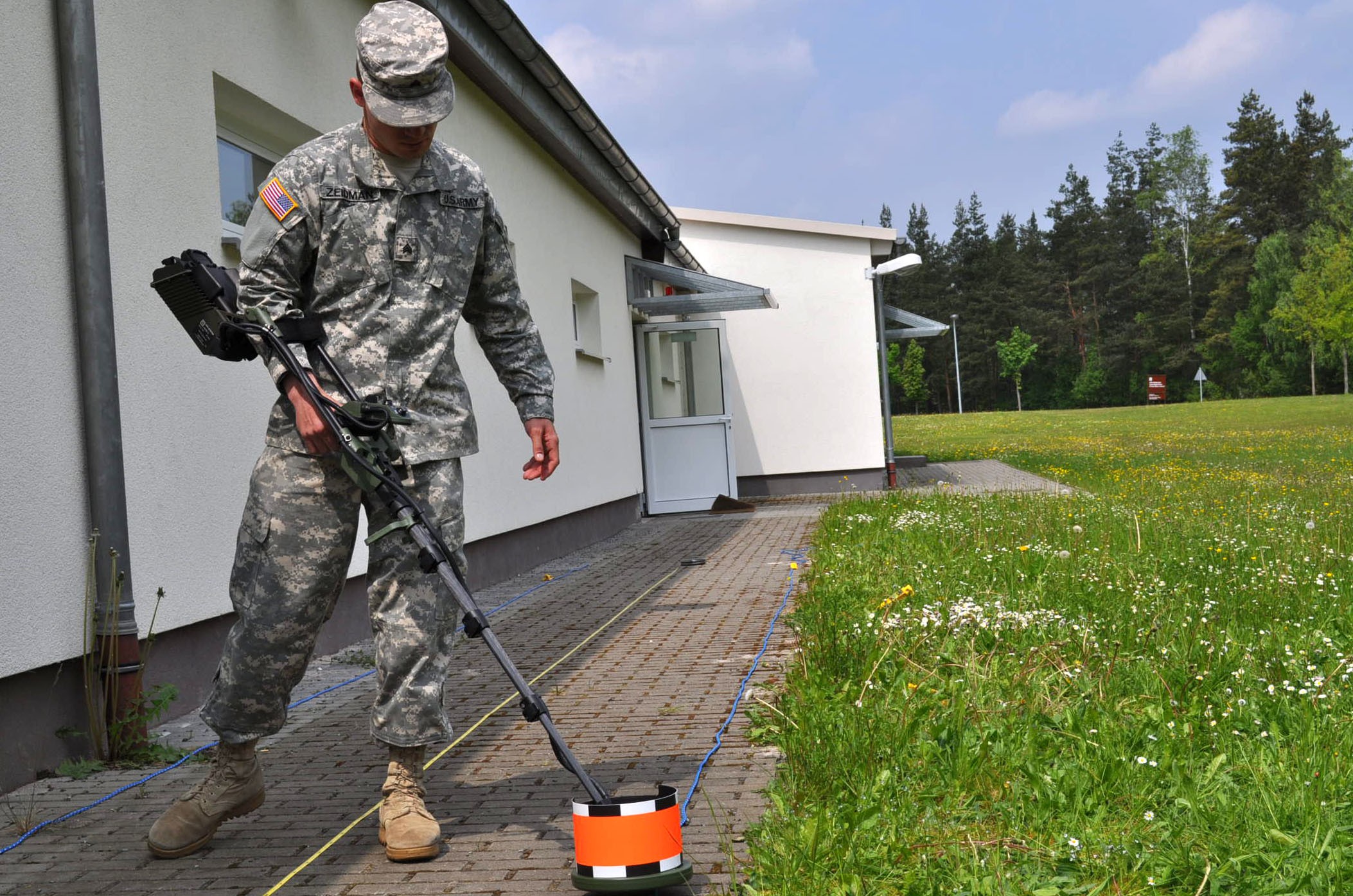
Social Sharing